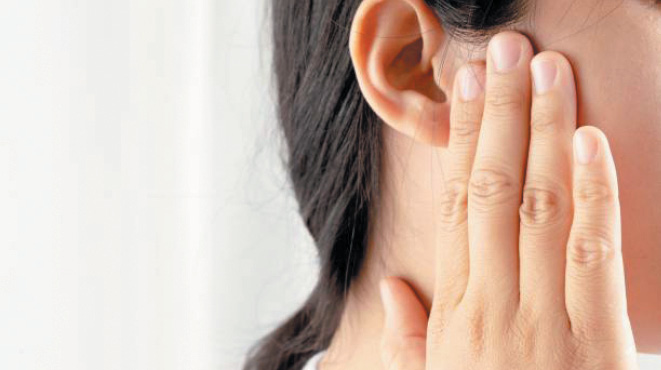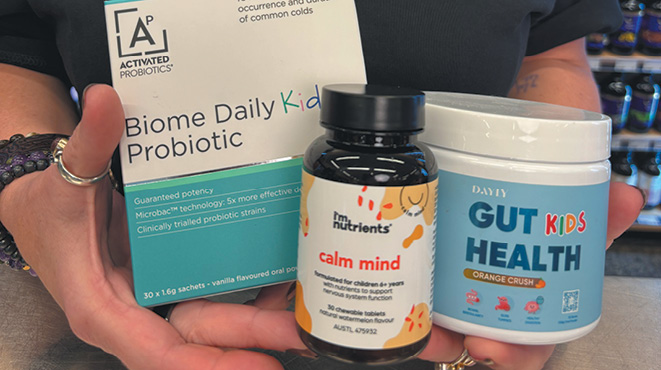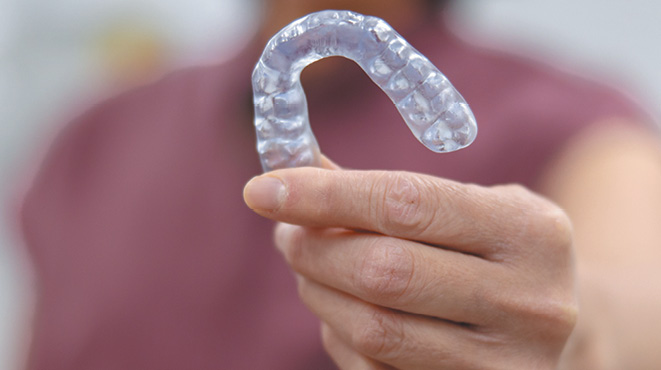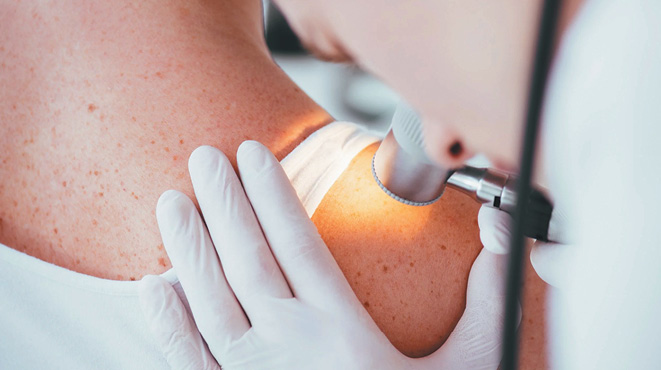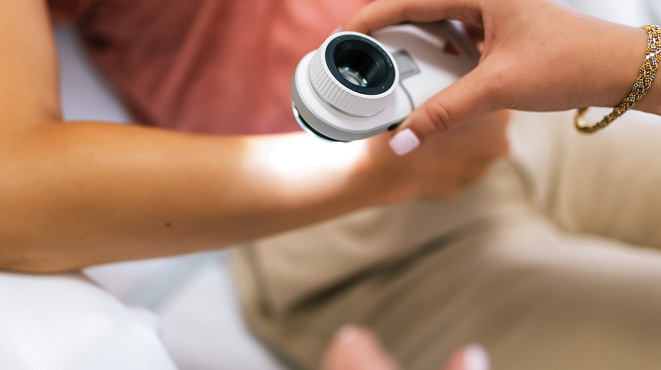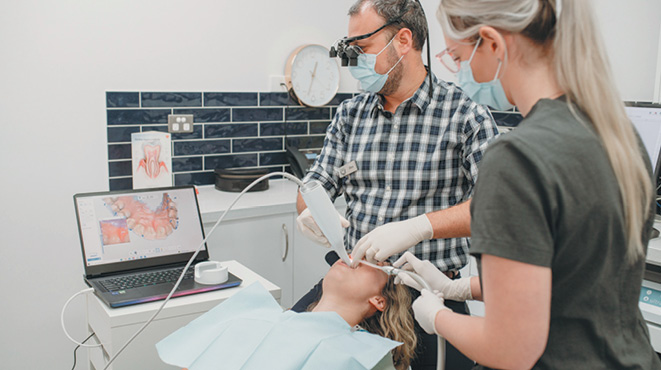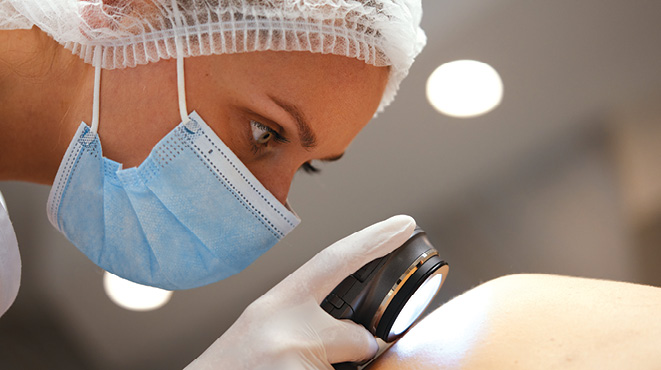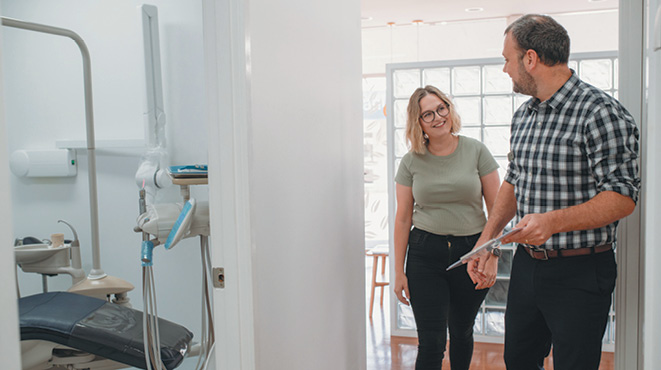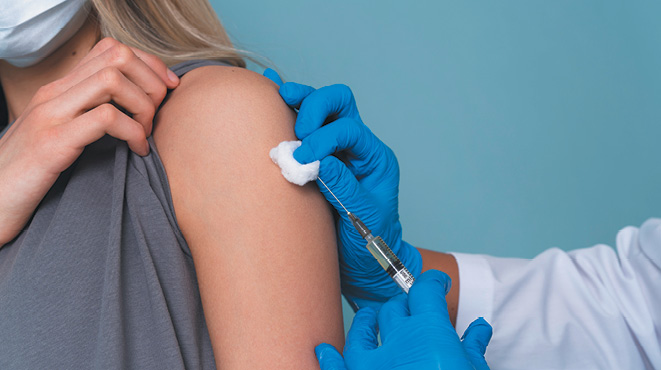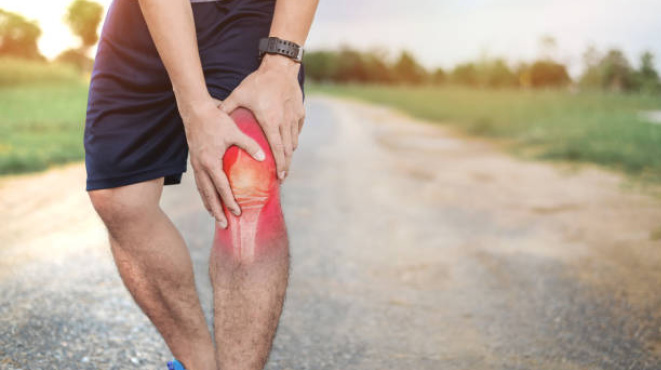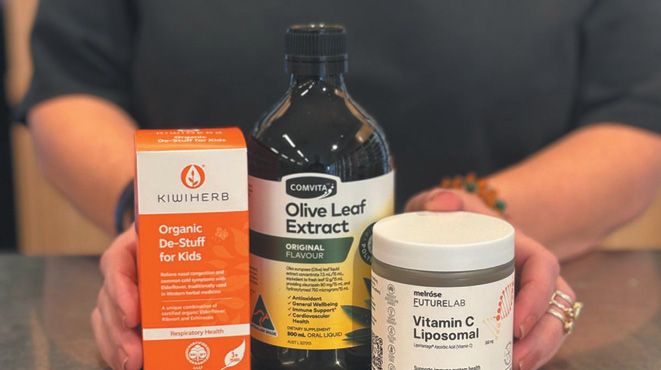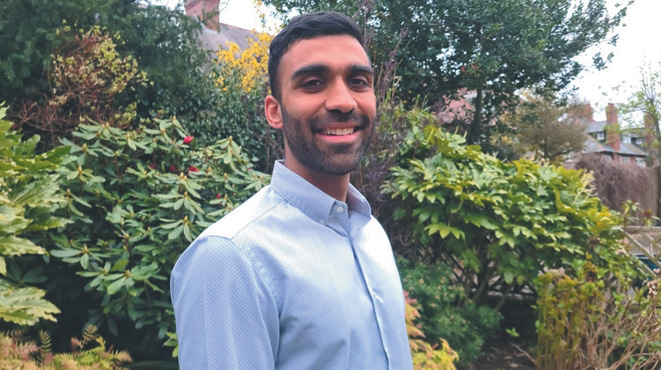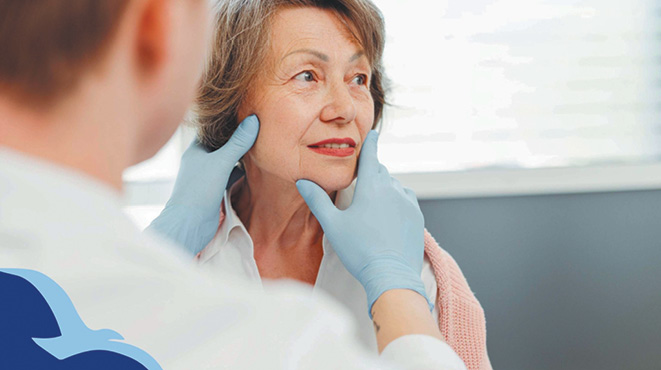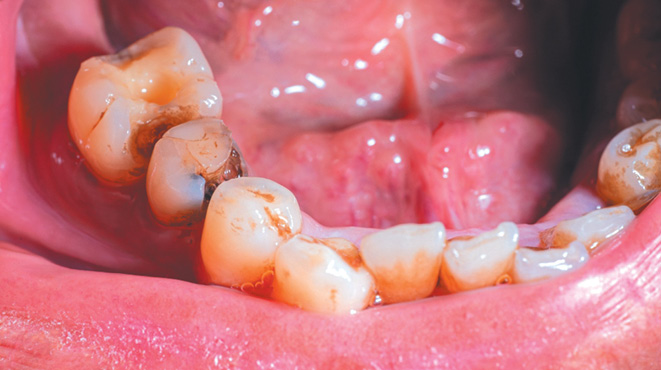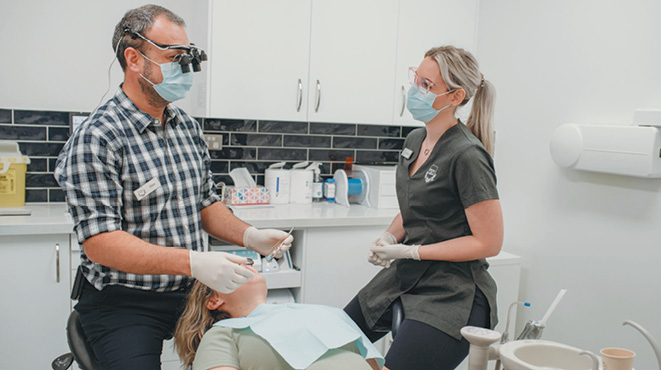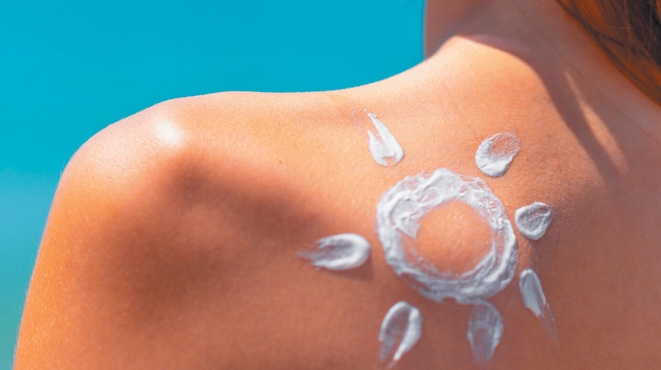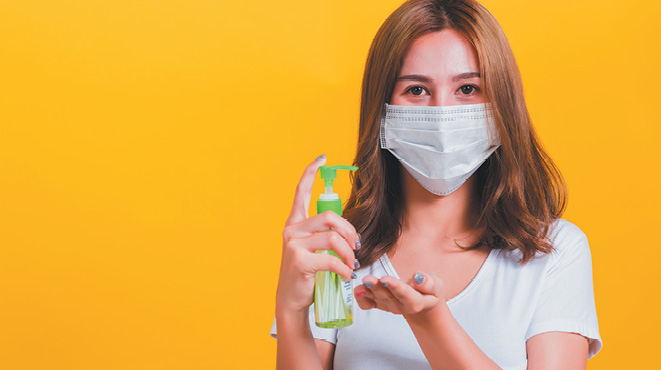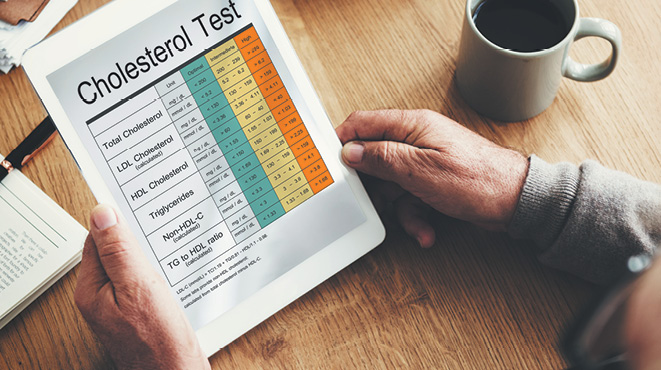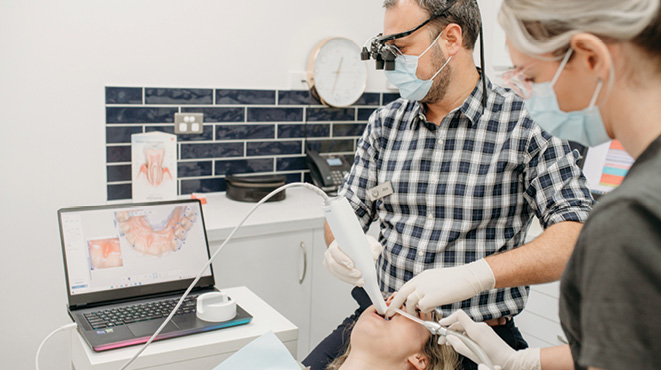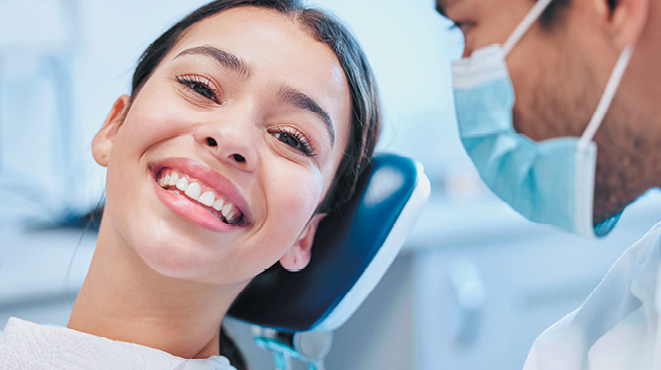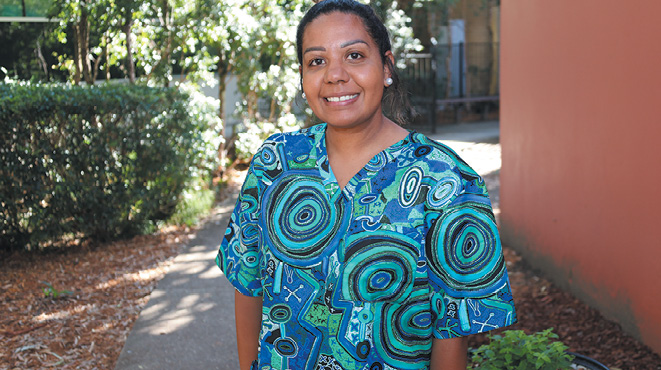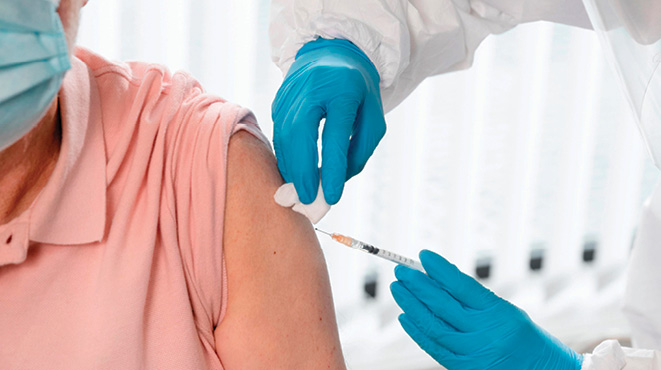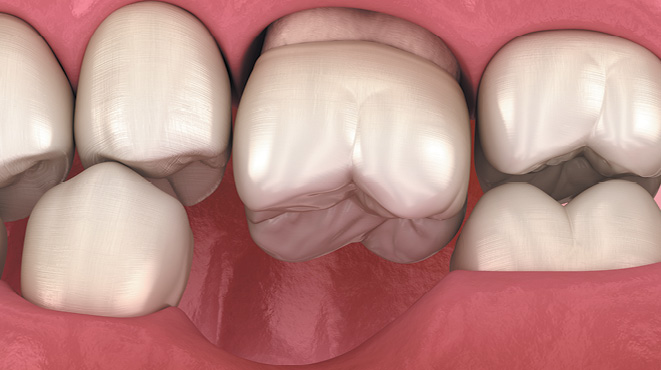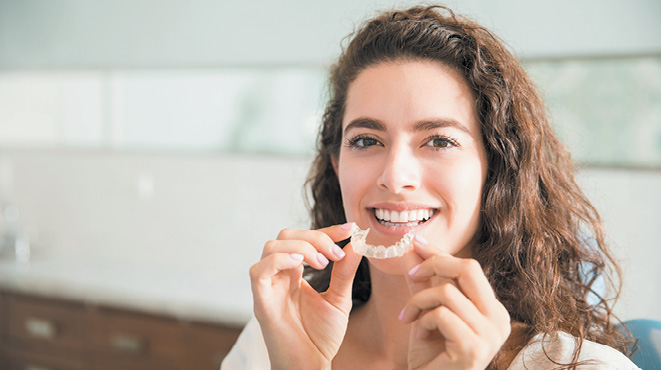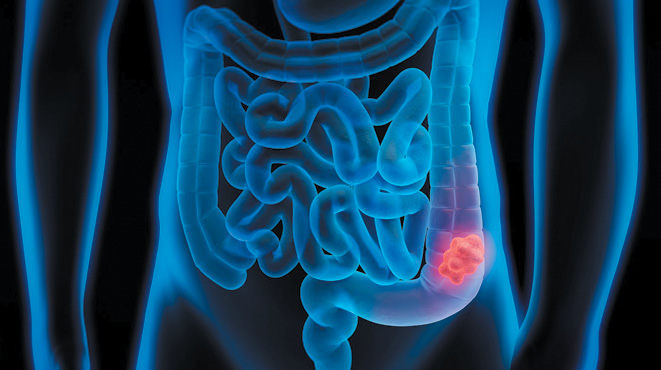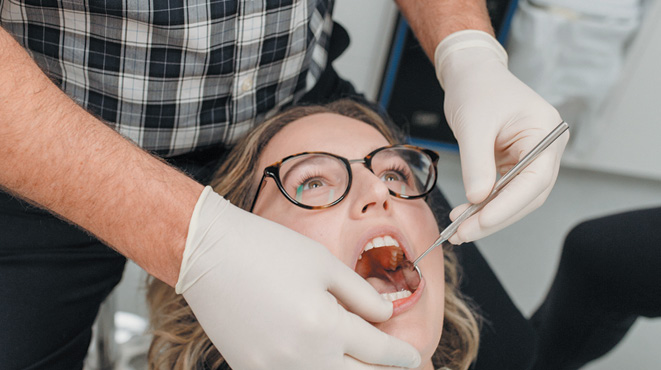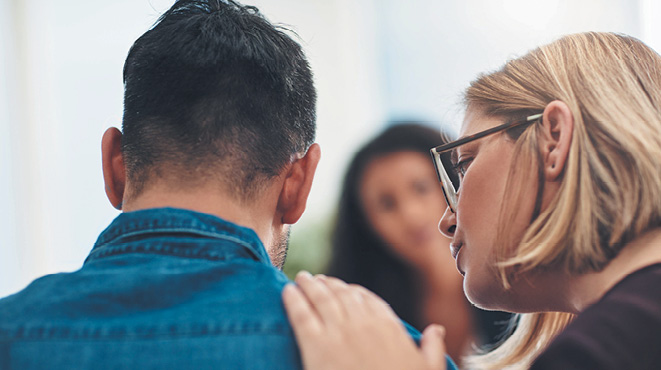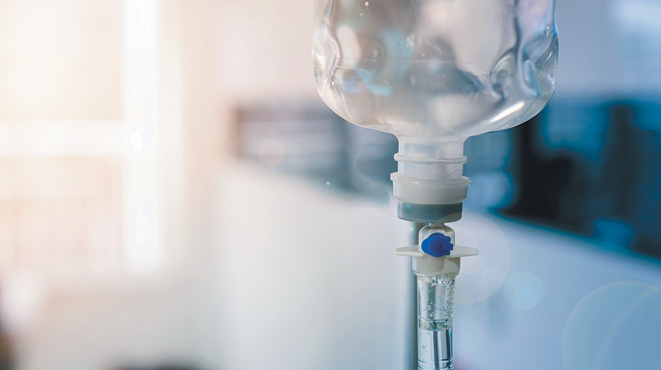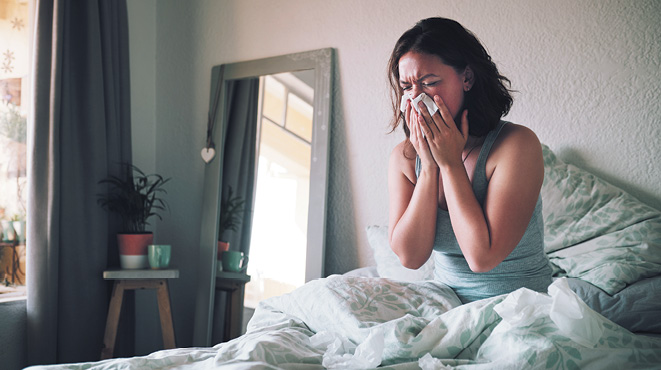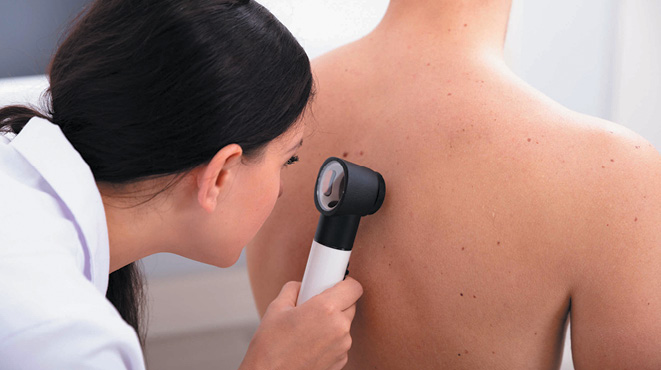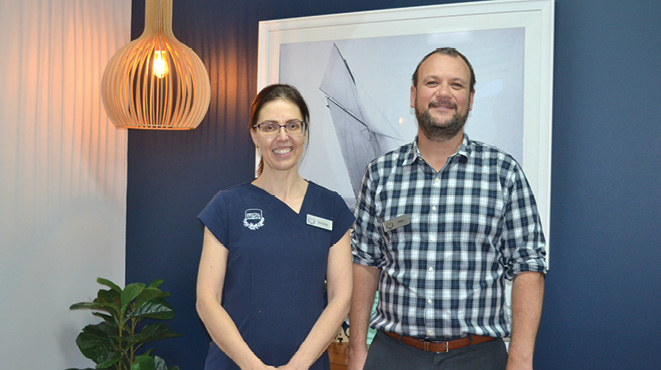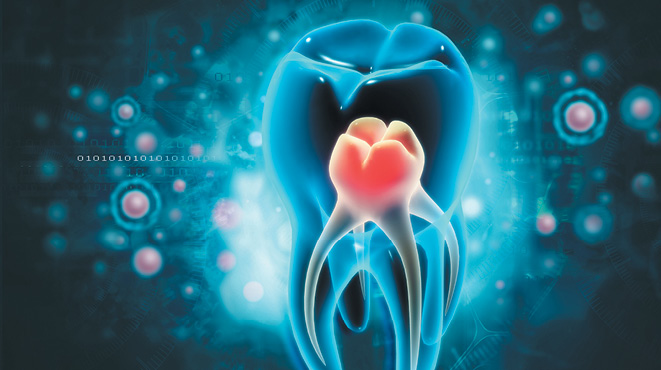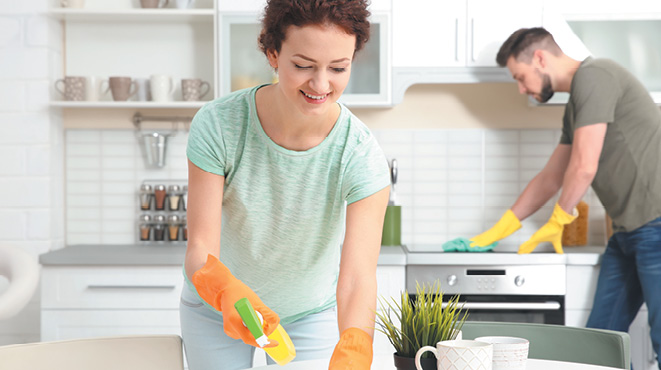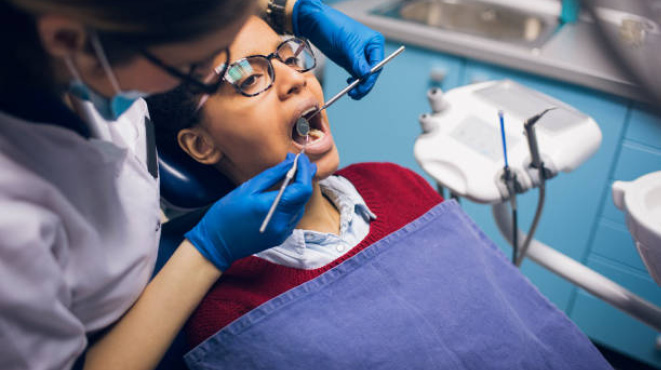CONTRIBUTED BY PARTHO PAL, DIRECTOR AND CLINICAL SPECIALIST, AUSTRALIAN AUDIOLOGY HEARING SPECIALISTS
In the hustle and bustle of daily life, we often overlook the significance of maintaining our ear health. One crucial aspect of this is the management of earwax, a natural substance produced by our bodies. Understanding its role and taking measures for its regular removal can be pivotal in preventing hearing problems and other related issues.
The role of earwax
Earwax, scientifically known as cerumen, is a waxy, oil-like substance produced by glands in the ear canal. Its primary function is to protect the delicate ear canal from dust, debris, and water. It acts as a natural barrier, preventing foreign particles from reaching the eardrum and potentially causing damage.
When does earwax become a problem?
While earwax is a beneficial component of our ear’s defence mechanism, it can sometimes accumulate and harden, causing discomfort and hearing impairment. Factors like frequent use of earplugs, hearing aids, or the use of cotton swabs for cleaning can contribute to excessive build-up. In such cases, seeking professional help for its removal is crucial.
Neglecting the build-up of earwax can lead to a range of complications. These may include:
- Temporary hearing loss: As earwax accumulates, it can obstruct the ear canal, resulting in diminished hearing capacity.
- Earaches and discomfort: Hardened earwax can cause discomfort, pain, or a feeling of fullness in the affected ear.
- Tinnitus (ringing in the ears): In some cases, impacted earwax can lead to tinnitus, a condition characterised by a persistent ringing or buzzing sound in the ears.
- Infection risk: Excessive earwax can create a conducive environment for bacterial growth, potentially leading to ear infections.
The importance of regular ear health check-ups
Routine ear health check-ups play a pivotal role in maintaining optimal ear health. A trained healthcare professional can assess the condition of your ears, identify any signs of earwax build-up, and provide safe and effective removal methods.
Preventive measures for ear health:
- Avoid inserting objects into the ear canal: Cotton swabs, hairpins, or any other objects can push earwax further into the ear canal, potentially causing more harm than good.
- Seek professional help: If you experience symptoms like hearing loss, discomfort, or tinnitus, consult a healthcare provider promptly.
- Protect your ears: Use earplugs or earmuffs in loud environments to prevent damage to the delicate structures of the ear.
Prioritising ear health through regular check-ups and appropriate earwax management is an essential aspect of overall wellbeing. By understanding the role of earwax and taking proactive steps, we can enjoy the sweet symphony of life without compromising our hearing health. Remember, a little care for your ears can go a long way in preserving the gift of sound.
The above information is Issued in public interest by Australian Audiology Hearing Specialists.

